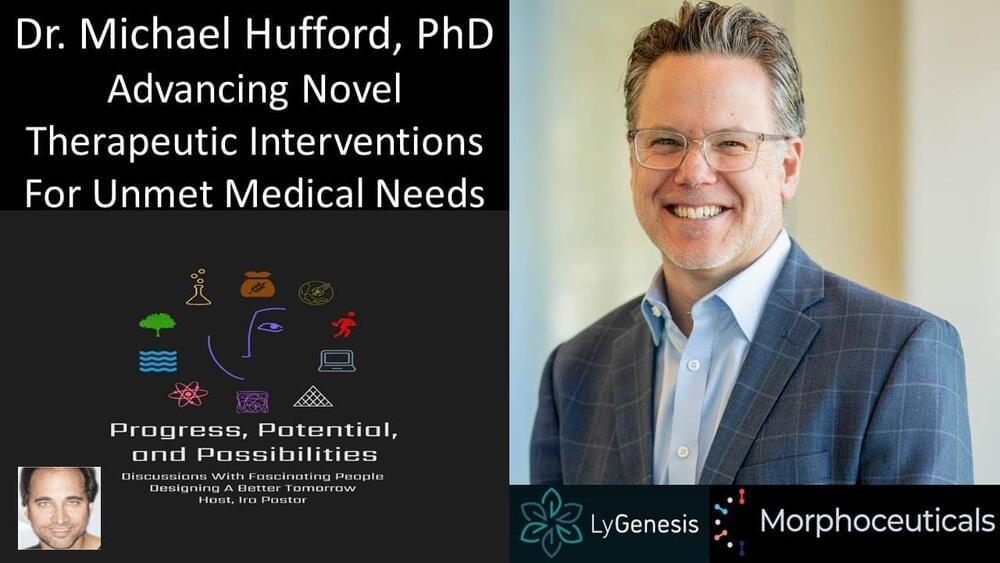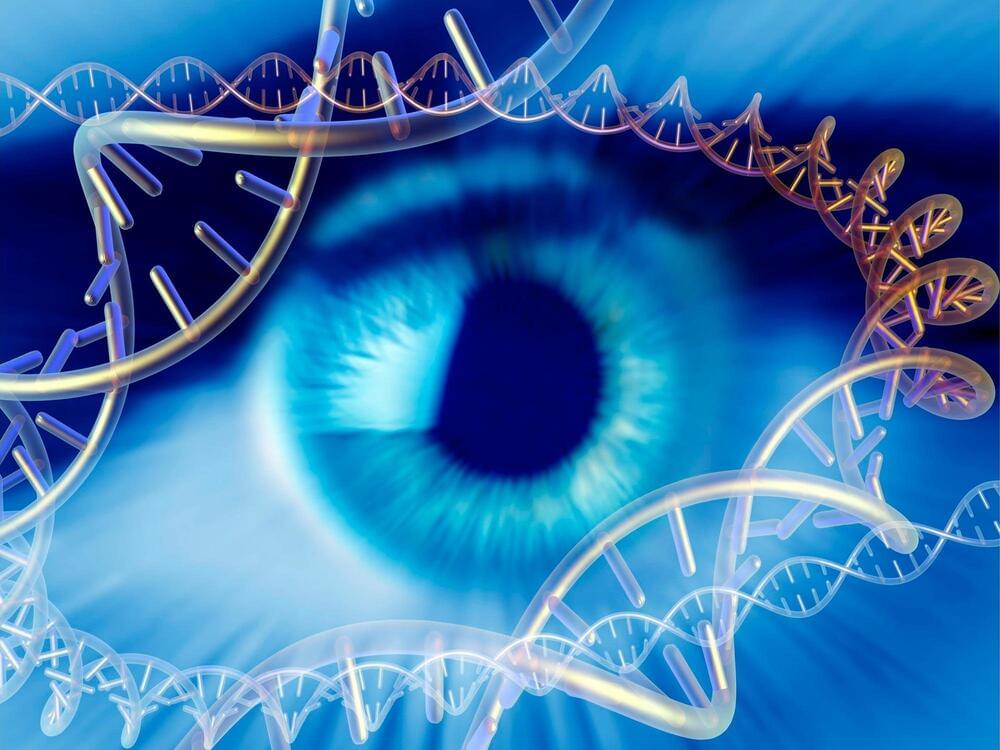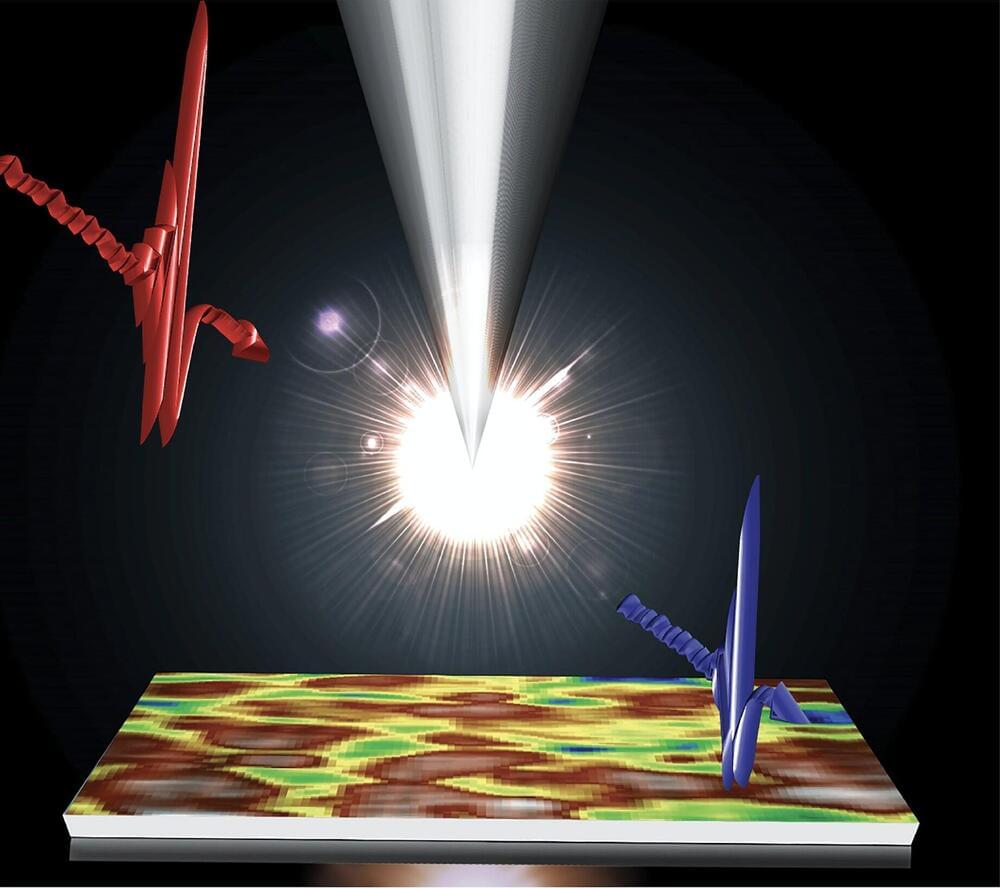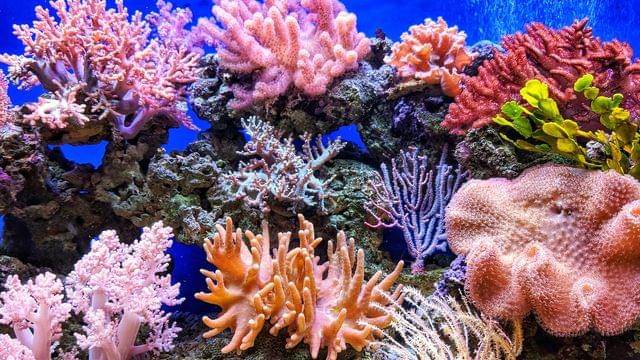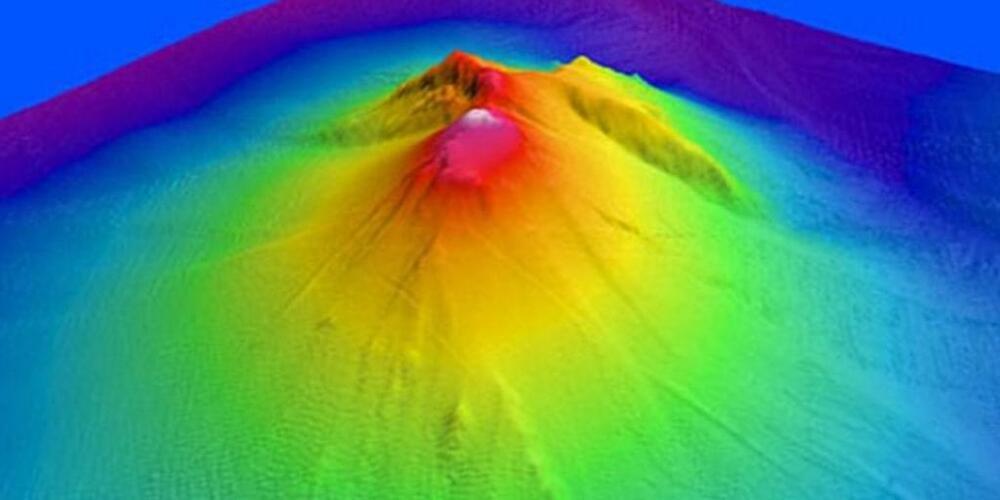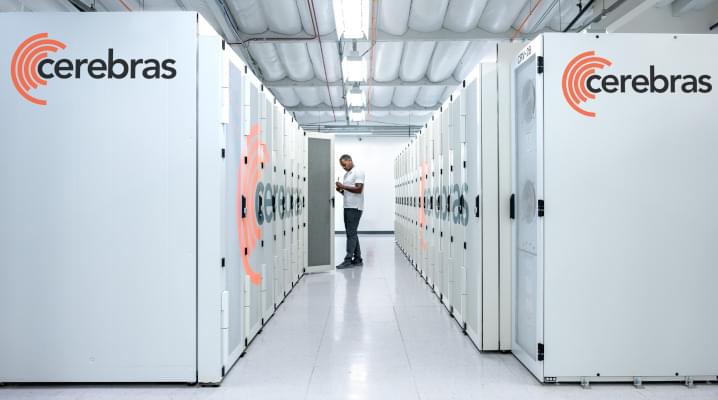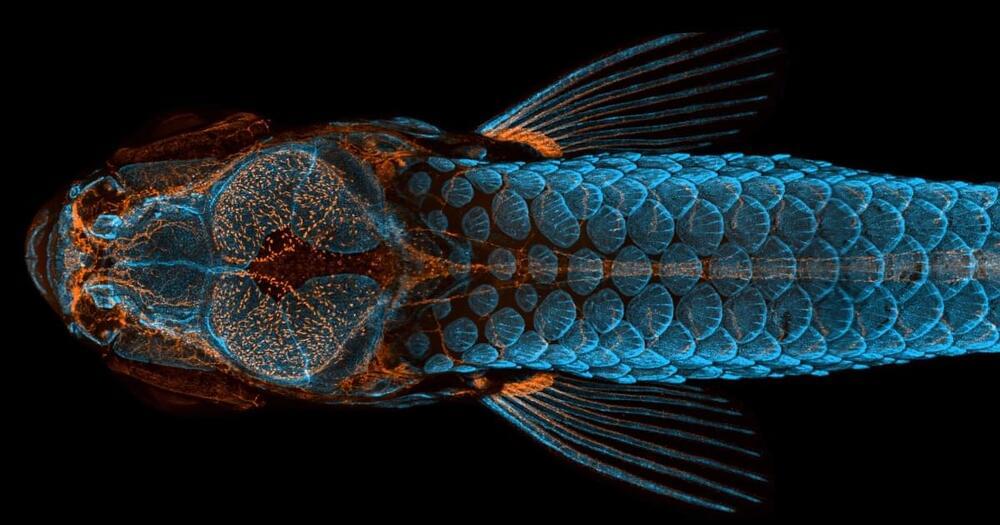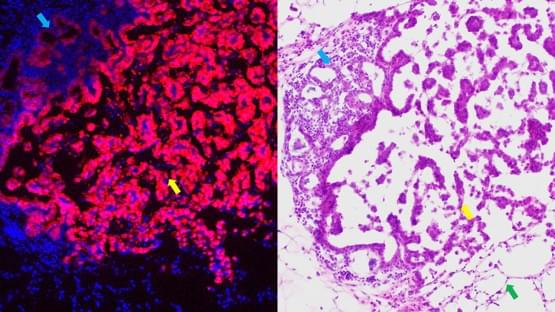Nov 15, 2022
Dr. Michael Hufford, PhD — Advancing Novel Therapeutic Interventions For Unmet Medical Needs
Posted by Ira S. Pastor in categories: biotech/medical, life extension
Advancing Novel Therapeutic Interventions For Unmet Medical Needs — Dr. Michael Hufford, Ph.D., Co-Founder and CEO, LyGenesis; Interim CEO, Morphoceuticals; Scientific Advisor, Juvenescence.
Dr. Michael Hufford, Ph.D. is the Co-Founder and the Chief Executive Officer of LyGenesis (https://www.lygenesis.com/), a clinical-stage cell therapy company that transforms patient’s lymph nodes into bioreactors capable of growing functioning ectopic organs. He also serves as the Interim CEO of Morphoceuticals (https://www.morphoceuticals.com/) a company focused on modifying electric potentials in cells and tissues for a variety of applications in regenerative medicine, from improving amputation stump health and limb regeneration, to organogenesis, to creating a bioelectric atlas where numerous disease indications may be corrected.
